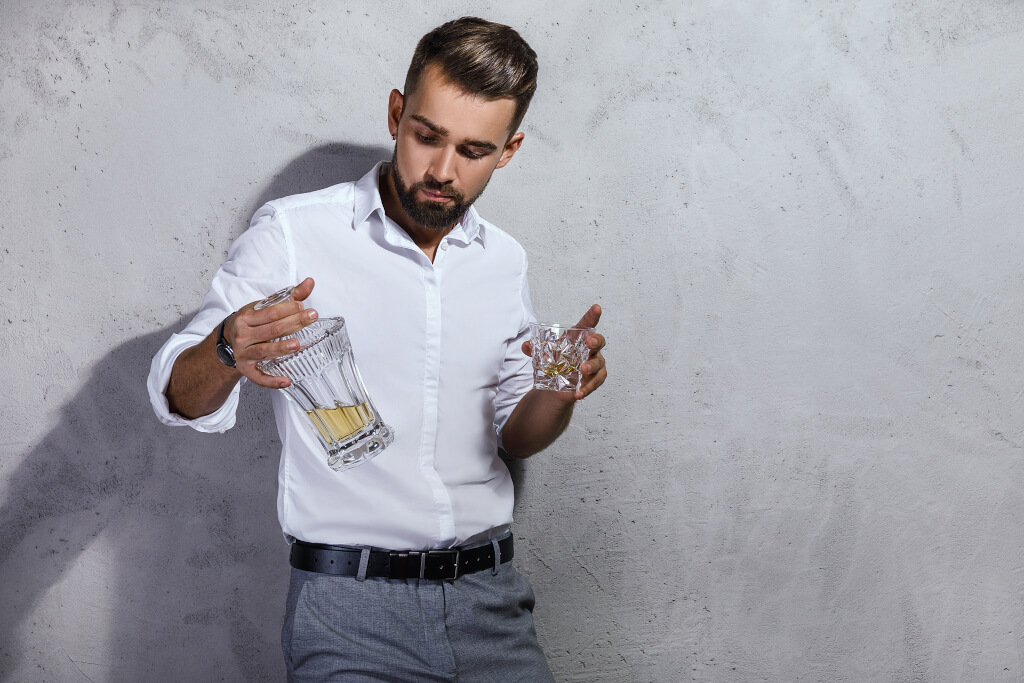The world of whisky investment is flourishing, and collectors around the globe are watching closely as bottles reach the million-dollar mark at auctions. But what truly sets apart these highly sought-after treasures from the rest of the barrels? It’s time to uncork the secrets behind million-dollar whisky bottles, from their heritage to craftsmanship, rarity, packaging, and age.
Heritage: The Roots of Excellence
Distillery Reputation
A renowned distillery with a long-standing history of producing exceptional whisky often commands higher prices. Distilleries like The Macallan, Glenfiddich, and Yamazaki have cultivated an extraordinary reputation, and their products are often seen at auctions hitting the top-dollar mark.
The Craftsmen Behind the Bottle
Great whisky is not just a liquid but a creation, often carefully nurtured by master distillers and blenders. The knowledge, expertise, and innovative techniques employed by these craftsmen contribute to the value of the bottle.
Now, I get it. A distillery with a robust reputation can almost print its own money, metaphorically speaking. But, let’s face it, reputation can be fleeting in the volatile economic climate we’re navigating. One misstep, one unfavorable review, and the name that took centuries to build can find itself in muddy waters. But here’s the kicker: names like The Macallan and Glenfiddich aren’t just resting on their laurels. They consistently churn out quality, making their reputation a strong, albeit slightly variable, investment factor.
Rarity: Finding a Diamond in the Rough
Limited Editions
Limited editions or one-off bottles generate intrigue and desire among collectors. Their scarcity makes them a prized possession. For instance, The Macallan 1926 60-Year-Old, one of the most expensive bottles ever sold, was limited to just 40 bottles.
Discontinued Bottles
Whiskies from closed or demolished distilleries hold a unique appeal. The scarcity that arises from an interruption in production makes these bottles not just collectible but often irreplaceable.
It’s a basic principle of economics – scarcity drives up demand. Limited editions and whiskies from closed distilleries are like golden tickets for investors. But remember, rarity most definitely has its pitfalls. If you’re holding onto a bottle, hoping it’ll appreciate because it’s a ‘limited edition,’ but it ends up having hundreds of siblings worldwide, then your investment might stagnate.
Age and Maturation: Time’s Role in Crafting Elegance
Age Statements
Whiskies that have been allowed to mature for extensive periods often command higher prices. A bottle that has aged 50, 60, or even 70 years represents the apex of whisky crafting.
Cask Types
The type of cask used for maturation can add another layer of complexity and rarity. For example, whiskies matured in sherry-seasoned oak casks, once the norm but now rare, can fetch a higher price.
Time, as they say, is money. But here’s a fun twist – in the world of whiskies, time can turn money into more money. A 70-year-old bottle isn’t just about the liquid it contains, but the history it has witnessed. However, let’s be real. Not all aged whiskies are going to be your golden geese. The type of cask and the expertise behind the maturation play a pivotal role. If someone’s trying to sell you an old bottle without giving a hoot about its maturation process, I’d say, tread with caution.
Packaging and Presentation: The Art of Aesthetics
Artistic Collaboration
High-value whiskies often engage with renowned artists or craftsmen to create bottles and packaging that are works of art in themselves. Collaborations with names like Lalique, Fabergé, or famous painters add further to the price tag.
Exclusive Containers
Crystal decanters, intricate woodwork, or gold and silver detailing can turn the packaging into a masterpiece. The presentation can significantly impact the overall valuation of a bottle.
I’ve always believed that the inside is what truly matters. But, in the world of high-stakes whisky investment, the exterior holds equal sway. Collaborations with renowned artists or decadent packaging can exponentially drive up a bottle’s price. Yet, the savvier investors know to differentiate between genuine art and mere gimmickry.
Provenance: Tracing the Origins
Authentication and Certification
A clear line of ownership, proper storage, and impeccable condition all contribute to the bottle’s value. Certification and proper documentation offer an assurance of quality, often backed by experts in the field.
Celebrity Ownership
In some cases, previous ownership by a famous personality can lead to a surge in price. Celebrity-associated bottles can become a symbol of status and distinction.
Provenance is quite the buzzword these days. Every bottle has a past, and tracing back its lineage can be both exciting and financially rewarding. But, documentation can be fabricated, and histories can be embellished. Unless there’s concrete proof, it’s just another tale.
A Market Trend: Investment Perspective
Auction Popularity
Whisky auctions have become a hotspot for investors and collectors. Platforms like Sotheby’s and Christie’s frequently host dedicated whisky auctions that elevate the bottle’s profile and value.
Economic Factors
Global economic trends, supply and demand dynamics, and investor interest all contribute to the growing market of whisky investment. In recent years, whisky has gained recognition as an alternative asset class, making it an appealing investment opportunity.
Whisky auctions are glamorous events, with the ‘cha-ching’ of the gavel often making headlines. However, the global economy is in flux. With recessions looming and markets more unpredictable than ever, tying vast sums of money in a bottle might seem audacious to some.
The Million Dollar Question, Is It Worth Investing In?

From the heritage of the distillery to the artistry of the bottle, many elements contribute to what makes a whisky bottle worth a million dollars. It’s a complex interplay of history, craftsmanship, rarity, and aesthetics, all culminating in a liquid that is not merely consumed but revered. Each bottle is a unique expression of culture and creativity, waiting to be discovered by those who recognize its worth. Is investing in million-dollar whisky bottles worth it? It’s not a simple yes or no. Like any investment, it comes with its risks and rewards. But, if you’re someone who’s done their homework, understands the nuances, and perhaps enjoys a dram or two, it could be a thrilling avenue to explore.

